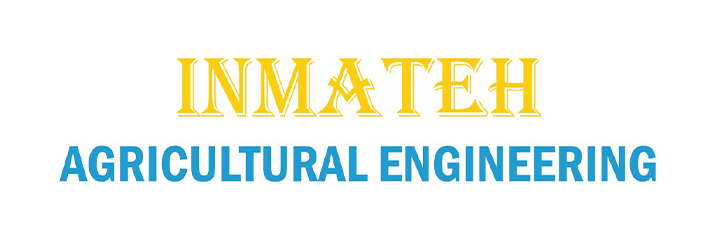DAMAGE CLASSIFICATION OF CASTOR SEEDS BASED ON MODIFIED ALEXNET
基于卷积神经网络的蓖麻种子损伤分类
DOI : https://doi.org/10.35633/inmateh-76-03
Authors
Abstract
The germination of castor seeds was affected by different damage forms after shelling. Traditional methods could not express the change of mechanical damage characteristics on the surface of castor seeds. In the study, an improved migration learning algorithm for castor seed damage classification was adopted. The convolution kernel size of the first convolutional layer of the AlexNet model was modified, part of the convolutional layer was divided into two layers to increase the depth of the convolution model. Then a multi-scale convolution kernel was added to extract the damage characteristics of castor seeds. The results showed that combined with the hyperparameter optimization of convolutional layer stratification and the AlexNet model,the classification effect was improved. The average test accuracy was 98.10%. After the addition of multi-scale convolution, the average test accuracy was improved by 0.57%. The results show that the classification accuracy of cracked castor seeds is 71%, and the classification accuracy of castor seeds with missing shells is 63%. The classification accuracy of whole castor seeds is 67%. The verification of damage identification device for castor seeds was developed to verify the correctness of the algorithm. This study provided a theoretical and convolutional network model supported for the development of an online real-time damage classification detection system for castor seeds.
Abstract in English





